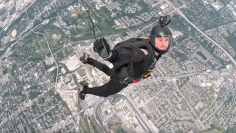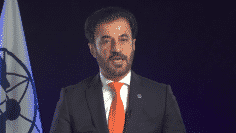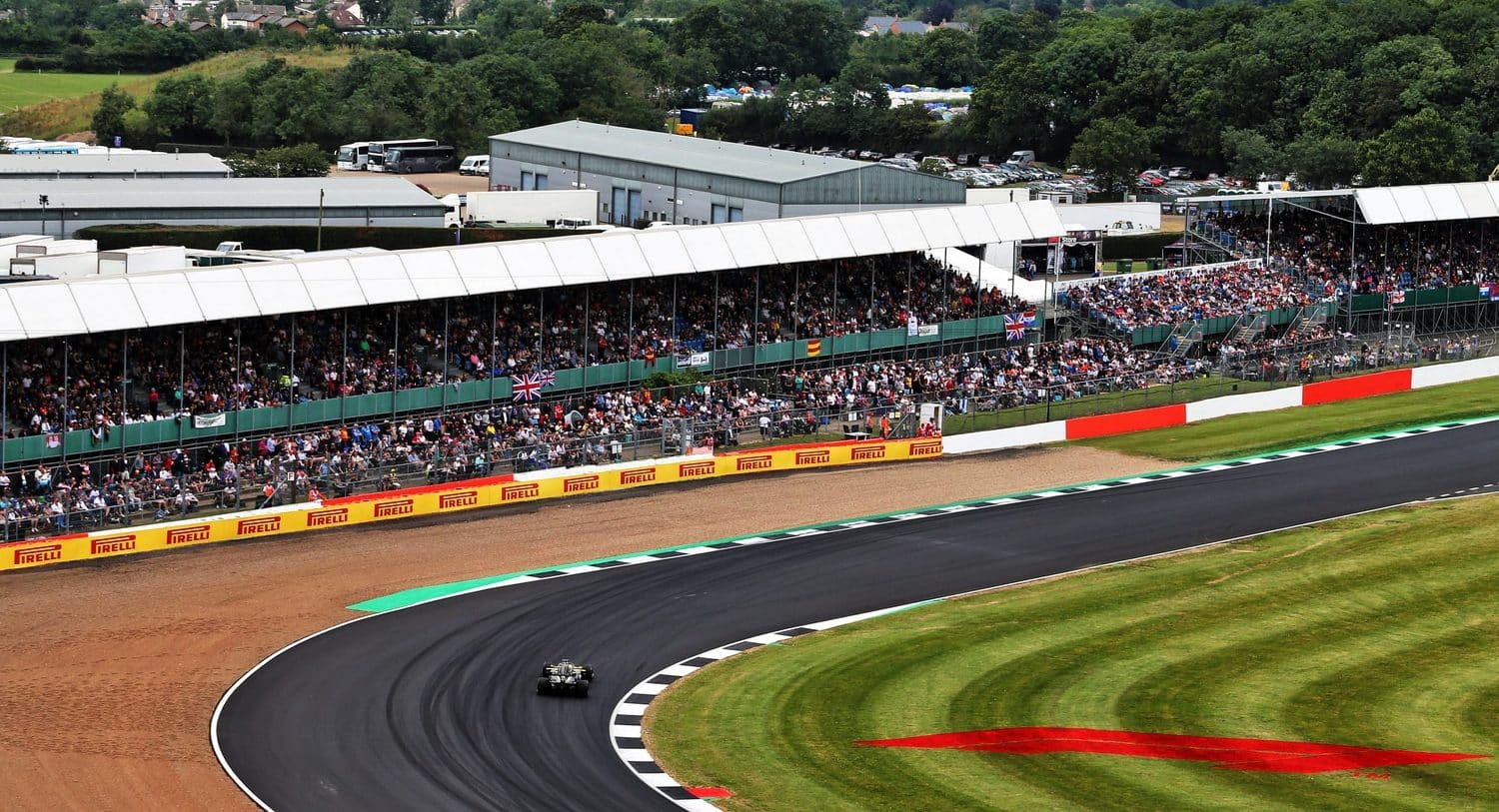
Chiu’s Changes to F1: Viewing Figures Are Falling (Pt 5)
Arguably the most important part of any sport is the coverage. It can make a boring race still look good and it can make a great race look memorable.
Formula One is not like other sports such as tennis, football, snooker or rugby where the viewer can watch the sport perfectly with just a handful of different cameras across the stadium or arena.
Plus, action can happen at any moment at any time across a track which can be up 4.3 miles in length so it is always difficult to direct. But, there are people in this world whose job is to cope with these difficulties and just like the drivers, they should be the best directors in the world.
The TV director plays a pivotal role and this year it has been awful to say the least. More on that later.
First of all, there’s a clear argument F1 should be live and free-to-air across the world. In the UK, Sky Sports has averaged under a million viewers this year and if you compare this to the days of when F1 was broadcast live on the BBC or ITV, viewing figures averaged consistently over three million.
In 2019, F1 lost 8.6 million television viewers in the UK. That is a huge difference and if F1 wants to grow, it needs to first be shown to as wide an audience as possible. Whether it is Channel 4, the BBC or ITV, viewing figures would at least double compared to the figures Sky are currently getting.
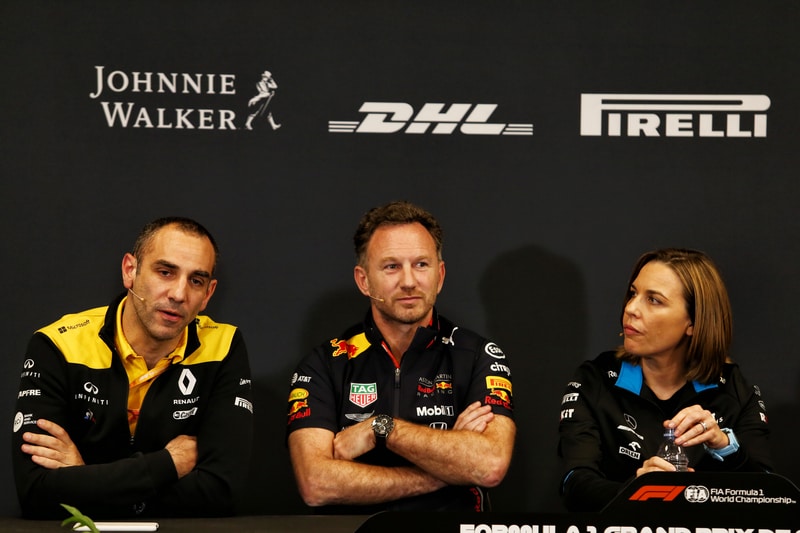
Away from the national problems and onto what an international perspective and the problems with the world feed which are the pictures that everyone across the world sees when watching Formula One.
Last year, the coverage was very poor at times with key battles being missed, frustrating the fans at home who can see that two drivers are very close on track going off the timings.
Sergio Perez and Carlos Sainz have complained about the lack of coverage in the midfield. One example is Sainz’s fightback in Austria from the back.
After the opening lap, Sainz made nine on-track passes – only one overtake was broadcast. Sainz overtook: Romain Grosjean, Robert Kubica, Kevin Magnussen, Daniel Ricciardo, Lance Stroll, Nico Hulkenberg, Sergio Perez, Antonio Giovinazzi and Kimi Raikkonen.
FOM (Formula One Management) rightly decided to focus on Max Verstappen’s charge from ninth to first. But they could have at least shown replays of Sainz’s overtakes or use a split-screen which was first used 20 years ago but does not get used in F1 anymore.
To now show replays of overtakes is totally wrong because there are plenty of occasions when nothing is happening so why not show a replay of a recent overtake that wasn’t shown live.
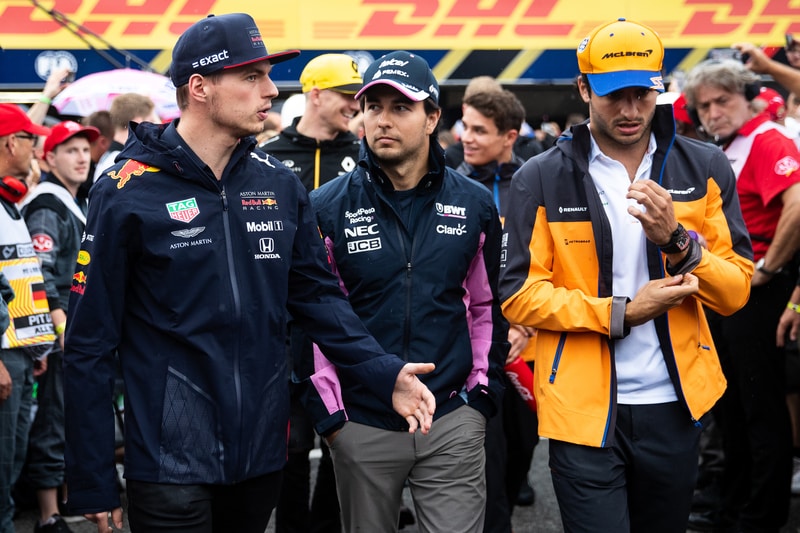
Cutting away from the action at significant moments or in the heat of a battle was the last straw. It happened numerous times in 2019 not least when Lewis Hamilton was making an overtake on Valtteri Bottas at Silverstone going into Woodcote.
There is no gain in seeing fans cheering. What are the positives from this? Even fans at the track see what we see on the TV on the big screens that are placed around the circuit so everyone misses the action, even if you are at the race track.
In qualifying, we often see cars sitting in the garage despite their being a car on a hot lap. As a fan at home, you want to see as much action as possible on the race track, not close ups of a driver in the pitlane.
It is staggering how much action is missed. It is as if all the action is focused solely on Mercedes, Ferrari and Red Bull.
If there are two battles going on at once, FOM should have the option of using a picture in picture. This would be fantastic when a car is doing its pitstop and it is going to merge closely with another car.
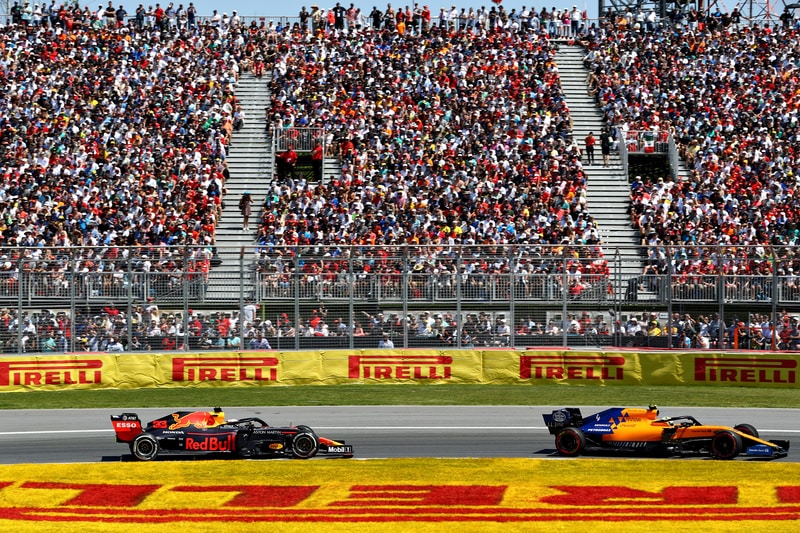
Also, if there are multiple battles going on around the track then a picture-in-picture would be good to see too. Other motorsport series utilise this feature and F1 used to use it in the 1990s, so why does F1 not use it 25 years later?
In short, show as much overtaking and battling as possible and show less camera shots of people in the garage and if action is missed, at least show a replay.
People are getting paid to deliver the best coverage possible and at the moment, F1 is behind other motorsports in this department despite having a significantly bigger budget and more personnel on the broadcasting team.
It is simply not good enough and the ‘pinnacle of motorsport’ should be setting the benchmark not just in terms of the sporting side but the broadcasting side too.
This was the final chapter of Chiu’s Changes to F1. For the first four parts, check out the links below:
- Chiu’s Changes to F1: The Introduction (Pt 1)
- Chiu’s Changes to F1: Variety is the Spice of Life (Pt 2)
- Chiu’s Changes to F1: Speed is not Everything (Pt 3)
- Chiu’s Changes to F1: When is Rubbin’ Not Racing (Pt 4)
Keep up to date with Motorsport Radio for the latest analysis from the F1 car launches



![Private: [ID: 71rYi-xncgM] Youtube Automatic](https://motorradio-xijqc.projectbeta.co.uk/wp-content/uploads/2024/08/private-id-71ryi-xncgm-youtube-a-1-360x203.jpg)
![Private: [ID: 1SfHxvC8Doo] Youtube Automatic](https://motorradio-xijqc.projectbeta.co.uk/wp-content/uploads/2024/07/private-id-1sfhxvc8doo-youtube-a-1.jpg)
![Private: [ID: H6XRkf6kROQ] Youtube Automatic](https://motorradio-xijqc.projectbeta.co.uk/wp-content/uploads/2024/07/private-id-h6xrkf6kroq-youtube-a-1-360x203.jpg)
![Private: [ID: Kb6w-qAmKls] Youtube Automatic](https://motorradio-xijqc.projectbeta.co.uk/wp-content/uploads/2023/12/private-id-kb6w-qamkls-youtube-a-360x203.jpg)
![Private: [ID: CcpwYw20k3k] Youtube Automatic](https://motorradio-xijqc.projectbeta.co.uk/wp-content/uploads/2024/07/private-id-ccpwyw20k3k-youtube-a-360x203.jpg)

![[ID: x1SiRC5jhW4] Youtube Automatic](https://motorradio-xijqc.projectbeta.co.uk/wp-content/uploads/2022/04/id-x1sirc5jhw4-youtube-automatic-360x203.jpg)
![[ID: lMZ8lAeLubk] Youtube Automatic](https://motorradio-xijqc.projectbeta.co.uk/wp-content/uploads/2022/04/id-lmz8laelubk-youtube-automatic-360x203.jpg)
![[ID: GAYCcnqyFo4] Youtube Automatic](https://motorradio-xijqc.projectbeta.co.uk/wp-content/uploads/2022/04/id-gayccnqyfo4-youtube-automatic-360x203.jpg)
![[ID: Gg142H296QY] Youtube Automatic](https://motorradio-xijqc.projectbeta.co.uk/wp-content/uploads/2022/04/id-gg142h296qy-youtube-automatic-360x203.jpg)
